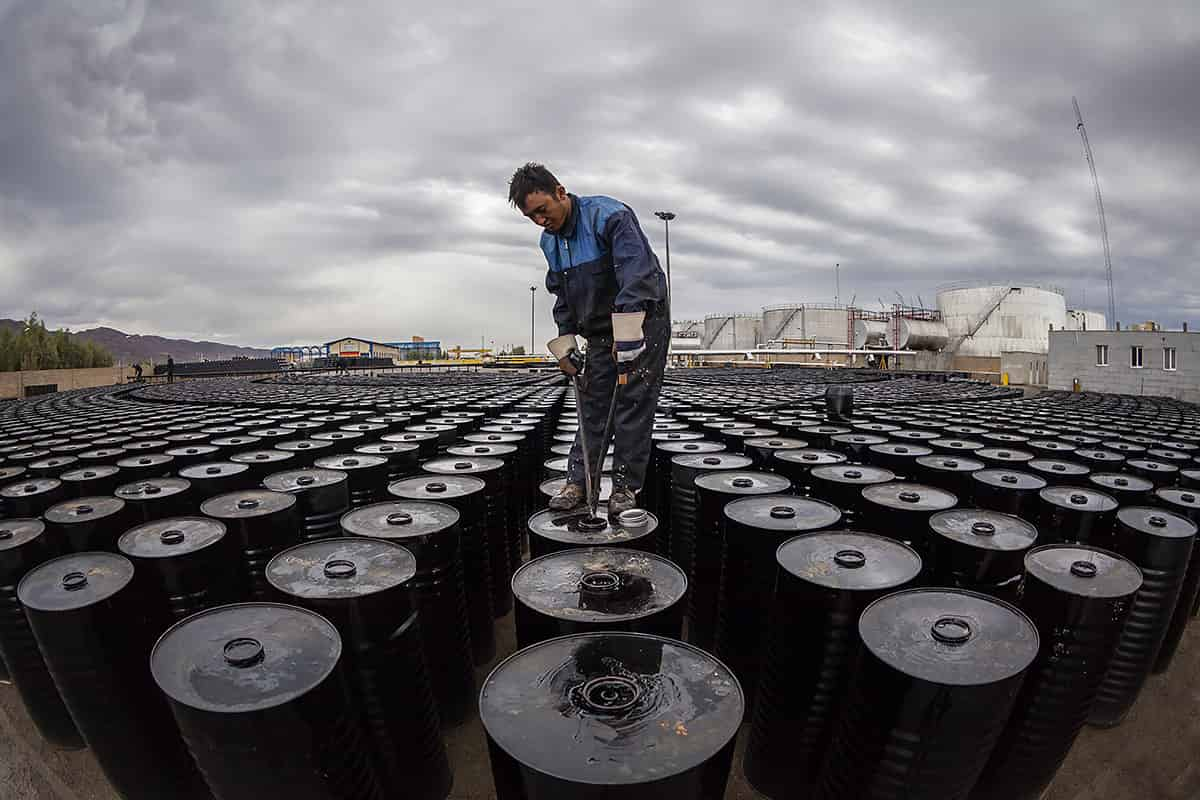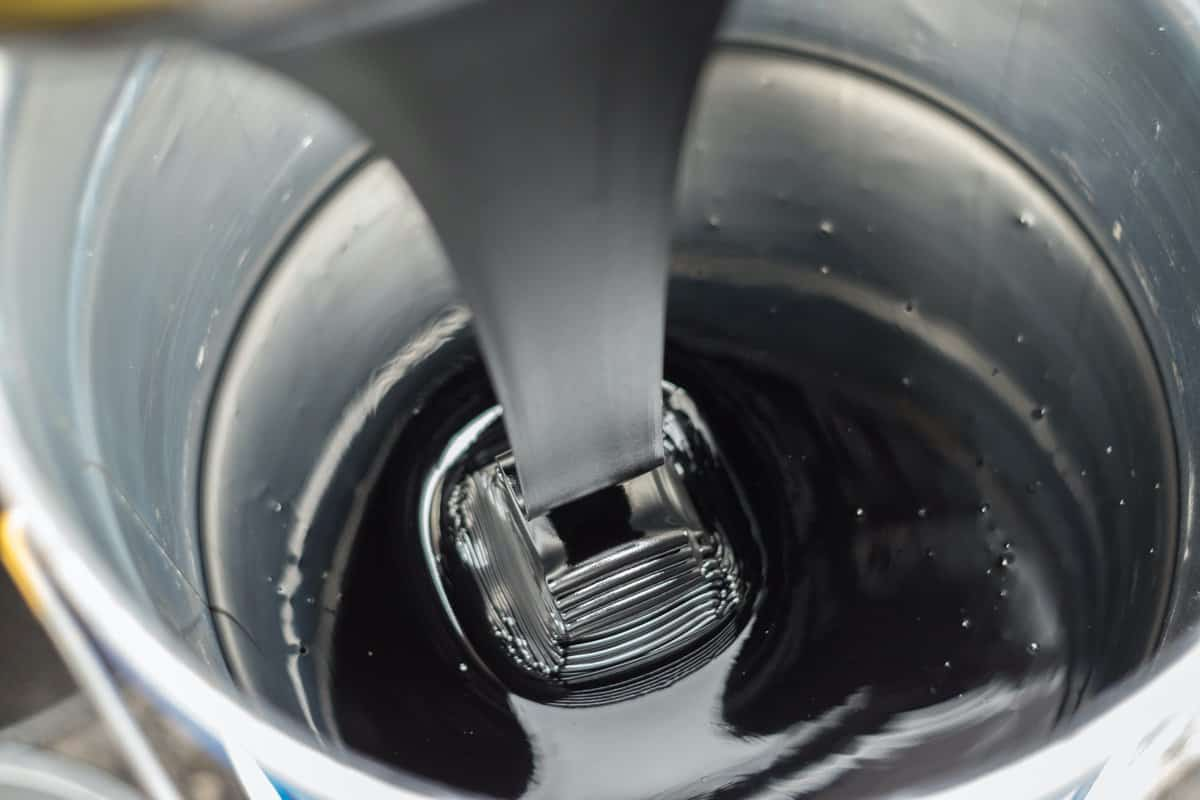The requirements of the industry that uses bitumen determine the various varieties and grades of bitumen that are available, each of which has distinct and different features, properties, and applications explained in this article for various industries. There is considerable variation in the characteristics of bitumen, such as its safety, solubility, physical properties, and durability. If one wishes to know how bitumen will function once it has been implemented, a thorough comprehension of the material's physical qualities is vitally essential. Utilizing standard testing protocols, a grade is assigned to the bitumen. The manufacturing of bitumen begins with crude oil distillation. During the fractional distillation of crude petroleum, bitumen is the ultimate residue that is collected. The word "crude petroleum" refers to a mixture of various molecular weight hydrocarbons. In petroleum refineries, fractional distillation is used to separate the various components of crude oil into their respective forms, such as LPG, naphtha, Kerosene, Diesel, etc. After undergoing additional processing and blending, the highest-density material obtained during fractional distillation is utilized to produce various grades of paving-grade bitumen.  The output of bitumen can be controlled not only by selecting the appropriate crude but also by employing a variety of different processes within the refinery. The choice of the process will be influenced by the availability of appropriate crude, the demand for the final products, and the commercial feasibility of the entire refining process. The following is a list of the most common bitumen or bituminous binders:
The output of bitumen can be controlled not only by selecting the appropriate crude but also by employing a variety of different processes within the refinery. The choice of the process will be influenced by the availability of appropriate crude, the demand for the final products, and the commercial feasibility of the entire refining process. The following is a list of the most common bitumen or bituminous binders:
- Penetration grade bitumen
The characteristics of bitumen 80/100 are identical to those of the IS-73-1992-described S 90 grade. This grade is the most fragile of all those available in India. Despite the fact that it is not appropriate for high-traffic roadways, this is nonetheless widely utilized across the country. Bitumen 60/70: This grade is more durable than bitumen 80/100 and can withstand higher traffic volumes. The attributes of this grade correspond to those defined in IS73-1992 for grade S 65. Currently, the principal application for this material is in the construction of national and state highways. Bitumen 30/40 is the most resilient grade and can withstand exceptionally large levels of automobile traffic. According to IS-73-1992, the characteristics that determine this grade are identical to those that define the S 35 grade.  Bitumen 30/40 is applied in certain applications, such as airport runways, in addition to exceptionally high-traffic volume on coastal roadways around the world.
Bitumen 30/40 is applied in certain applications, such as airport runways, in addition to exceptionally high-traffic volume on coastal roadways around the world.
- Industrial grade bitumen
Industrial-grade bitumen is sometimes referred to as blasted bitumen. This is achieved by driving air through bitumen heated to extremely high temperatures (normally beyond 180 0C). It is possible to alter the structure of bitumen by heating it to high temperatures and then injecting hot air into it. During this process, esters are produced; these esters link two different molecules, resulting in a substantial increase in the amount of material with a greater molecular weight. The technique entails raising the asphaltene concentration, which results in higher softening points and a very low penetration number. Industrial-grade bitumen is applied in a range of industrial applications, such as waterproofing, tar-felting, and other similar procedures.
- Cutback Bitumen
The cutback is a liquid that is capable of flowing freely at normal temperatures; it is generated by fluxing bitumen with the proper solvents.  When kerosene or any other type of solvent is added to bitumen, its viscosity is significantly reduced. In rare circumstances, tack coatings have been applied using cutback.
When kerosene or any other type of solvent is added to bitumen, its viscosity is significantly reduced. In rare circumstances, tack coatings have been applied using cutback.
- Bitumen Emulsion
Bitumen emulsion at room temperature is a fluid that flows freely. Bitumen emulsion refers to a stable suspension of small globules of bitumen in a continuous water phase. Bitumen and water are put into a colloidal mill under carefully regulated conditions to achieve dispersion, which is then completed with a few carefully selected additives. For the emulsion to remain stable over time and to break and set when applied on aggregates or road surfaces, it is essential to utilize high-quality emulsifiers. This can only be accomplished with the use of emulsifiers. The liquid has the consistency of cocoa and flows readily at room temperature. cationic and anionic bitumen emulsions are both possible. Since aggregate, which is often constituted of silica, is utilized in the construction of roads, anionic bitumen emulsions are typically not used in this procedure. When coupled with siliceous aggregates, cationic bitumen emulsions perform brilliantly, whereas anionic bitumen emulsions do not. Therefore, cationic bitumen emulsions are substantially more prevalent than their anionic counterparts on the market.
- Modified Bitumen
The bitumen to which additives have been added is known as modified bitumen. The addition of these chemicals adds to the enhancement of bituminous pavement properties. Pavements constructed using modified bitumen have a longer lifespan, which naturally correlates to a decreased demand for overlays.  When the overall lifetime cost of the pavement is considered, modified bitumen pavements may show to be a cost-effective option for road building.
When the overall lifetime cost of the pavement is considered, modified bitumen pavements may show to be a cost-effective option for road building.
- Viscosity grade Bitumen
The viscosity of the bitumen is now the basis for the new method of product classification (at 600C and 135 0C). Consequently, the new grades have evolved alongside the nomenclature. VG 10, VG 20, VG 30, and VG 40 are among the most common viscosity grades. The following are improvements that can be made to viscosity grade bitumen: Performance at high temperatures by adopting a viscosity-graded bitumen specification, which is based on viscosity at 60 degrees Celsius, rather than the current penetration-graded specification, which is based on penetration at 25 degrees Celsius. Compaction issues, which are caused by the delicate asphalt mixtures when they are pushed and shoved by the roller wheels, have also been addressed. By requiring a minimum viscosity of 135 degrees Celsius, it will be possible to reduce the issues created by the tender mix in the field. As a result of the introduction of viscosity-graded paving bitumen specifications, the total number of tests will be reduced to seven. There will be no decrease in bitumen quality, and the execution of this specification will not necessitate additional testing. Viscosity grades Different grades of bitumen are distinguished based on their viscosity, or degree of fluidity. The consistency of refined bitumen tends to be stiffer. Our company is pleased to be one of the largest suppliers and manufacturers of bitumen as a raw material for a variety of industries. Feel free to contact our team of sales executives and bitumen specialists for any information or inquiries. They are available 27/7 to answer any queries and provide direction.
